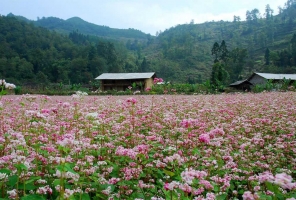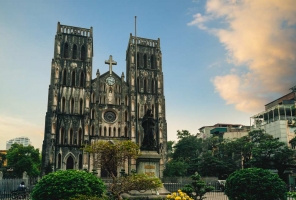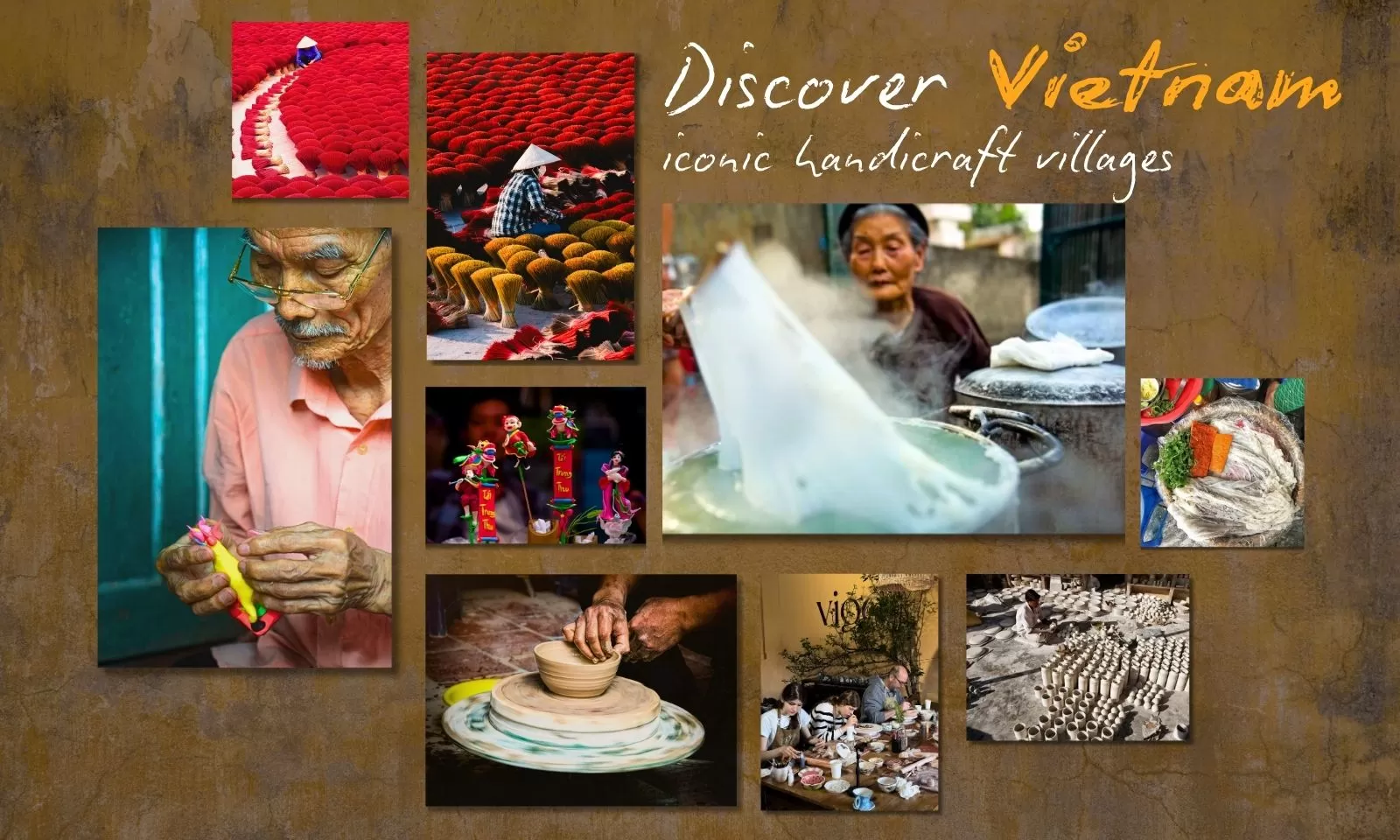
Discover Vietnam’S Iconic Handicraft Villages

Vietnamese craftsmanship is the embodiment of a living heritage, deeply rooted in the country’s history and culture. Through specialized craft villages, traditional know-how is passed down through generations, offering travelers an authentic immersion into unique techniques and meticulous creations. Each handmade item tells a story, reflecting local lifestyles and identities.
Today, these craft villages are evolving to meet modern challenges while preserving their essence. Exploring Vietnam’s traditional crafts means discovering a delicate balance between tradition and innovation—enriching your journey and deepening your understanding of the cultural richness of Vietnam.
Table of Contents
Bat Trang pottery village
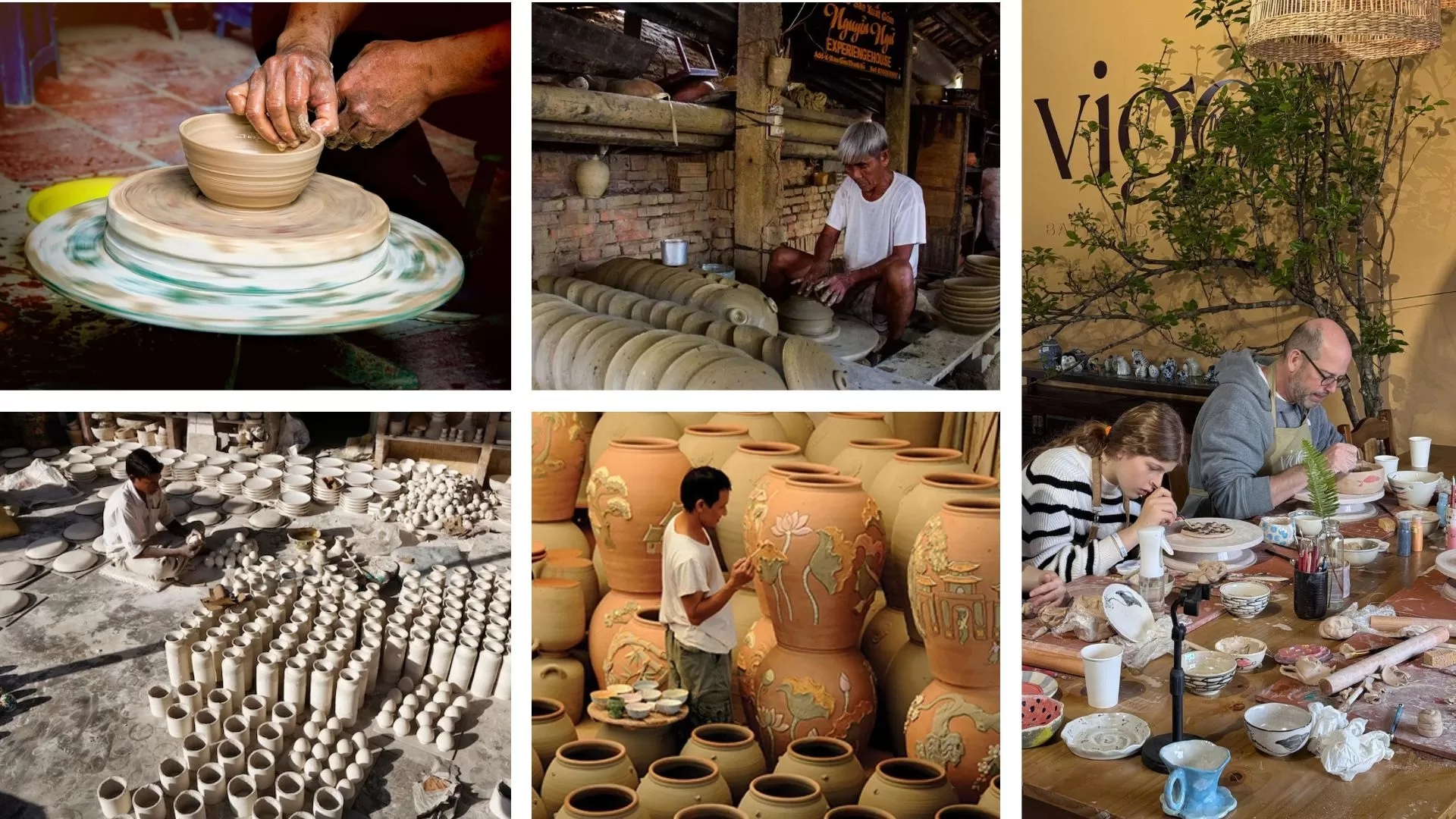
Discover the renowned Bat Trang Ceramic Village, located on the left bank of the Red River about 15 km from Hanoi. Famous for its high-quality ceramics, the village features numerous pottery shops lining its main street, offering everything from traditional styles to modern, minimalist designs. You’ll be captivated by the meticulous brushwork as artists hand-paint each piece.
In 2002, local artist Le Minh Ngoc created a giant vase measuring 3.2 meters tall and weighing 170 kg, which earned a place in the Vietnam Guinness Records.
Thanh Tri steamed rice roll village in Hanoi
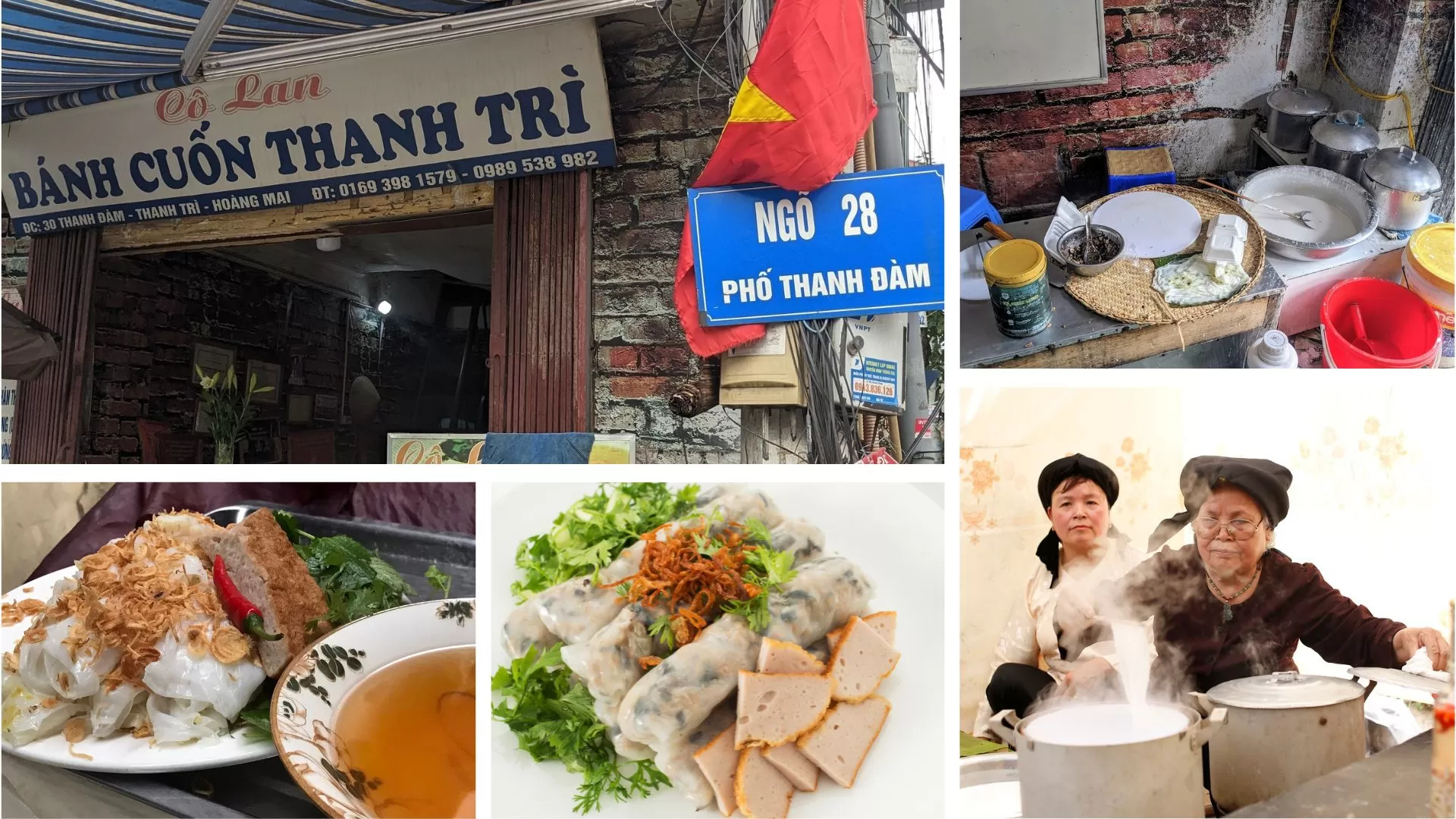
Nestled in Hoang Mai district of Hanoi, Thanh Tri village has long been celebrated as the birthplace of ‘bánh cuốn Thanh Tri’—a beloved steamed rice roll that embodies the elegance of northern Vietnamese cuisine.
Unlike the stuffed versions commonly found in other regions, ‘bánh cuốn’ here is served unfilled, then delicately folded and topped with crispy fried shallots. It’s typically paired with ‘chả quế’ and dipped in a tangy, lightly sweetened fish sauce. The result is a dish that’s simple yet remarkably refined.
The batter is made from finely milled local rice, soaked and ground to a silky smoothness. Steamed over cloth and lifted by hand in mere seconds, each rice sheet reflects the patience, precision and craftsmanship passed down through generations.
Today, Thanh Tri continues to honor this legacy not just through daily meals, but through village contests and festivals that proudly preserve the techniques behind this iconic Hanoi specialty.
Xuan La ‘Tò He’ village
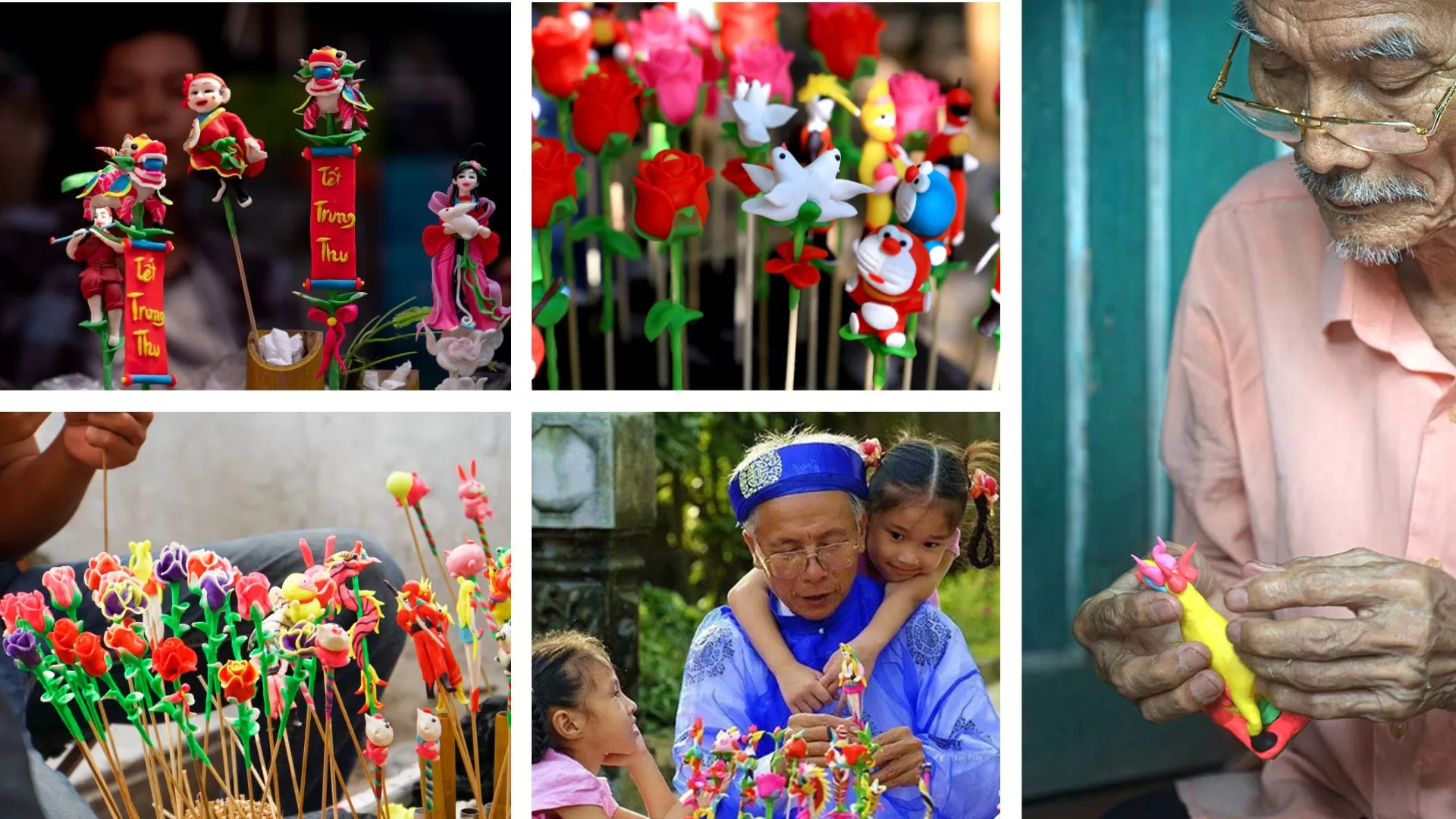
In Xuan La village, Tò He—tiny, colorful figurines made of glutinous rice flour—is a beloved traditional toy across rural Vietnam. In this magical place, artisans shape vibrant dough into miniature sculptures of animals, flowers, fruits and even characters from folk tales and comic books, to the delight of children. This craft demands creativity, precision and dexterity.
Quang Phu Cau incense village
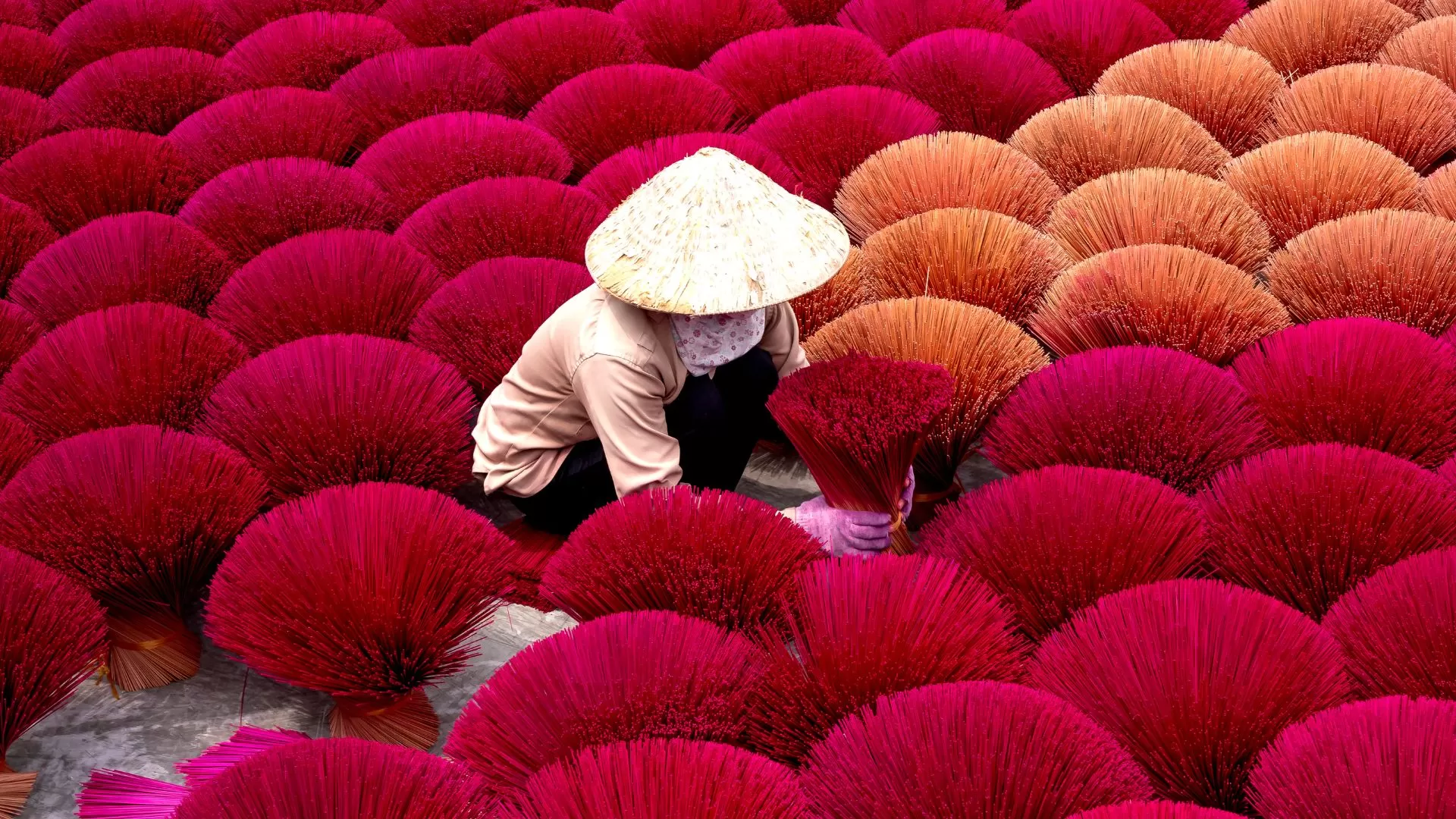 | 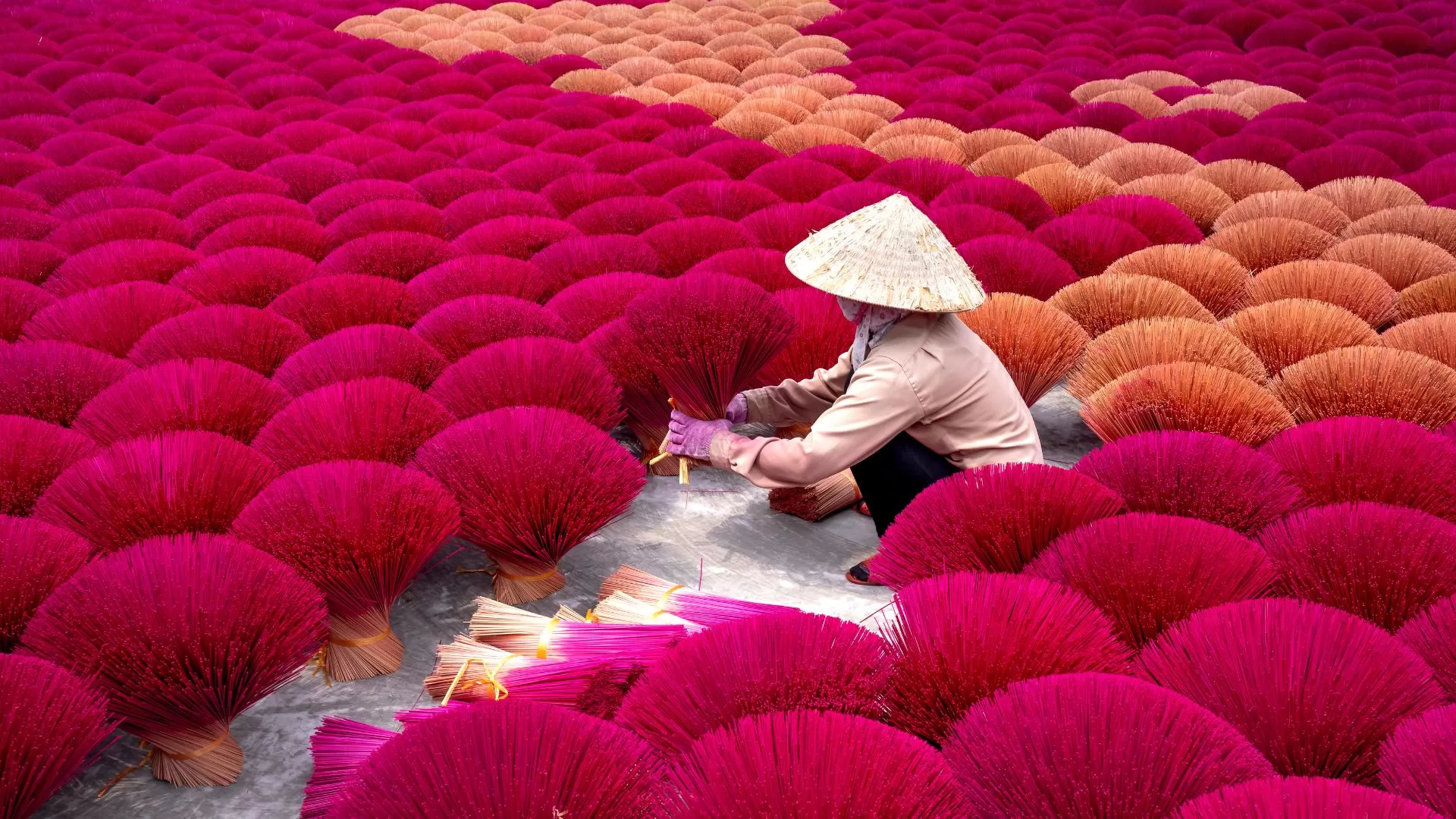 |
Also known as Xa Cau Village, Quang Phu Cau has preserved the art of incense-making for generations. In Vietnam, burning incense is a spiritual act—connecting people with the afterlife and conveying prayers and good wishes.
As you enter the village, the light fragrance in the air is immediately noticeable.
You'll be greeted by a striking display of incense sticks arranged in vibrant, lucky colors like red and yellow. From every courtyard to every alley, colorful bundles of incense form beautiful mosaics that reflect the soul of northern rural life.
Crafting incense is an art: bamboo sticks are finely cut and the incense paste is blended with aromatic ingredients such as pine, rosewood, cardamom, patchouli, cinnamon, star anise and vetiver root.
The paste must be of the right consistency to adhere smoothly. Drying is done naturally under the sun—an essential step to perfecting these fragrant sticks.
Learn more: Vietnam’s craft villages: A journey into traditional artistry
Tay Ho conical hat village
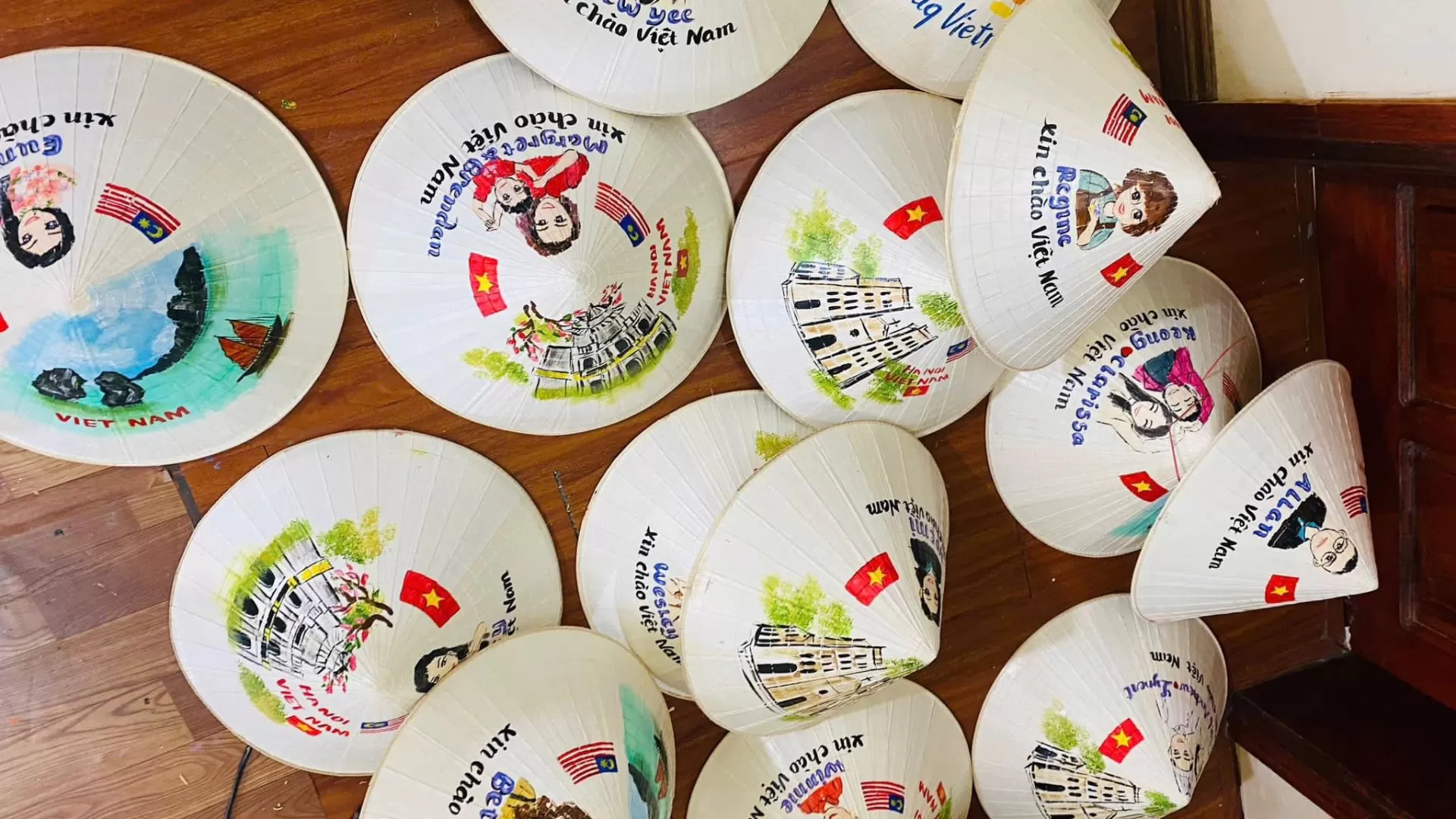 | 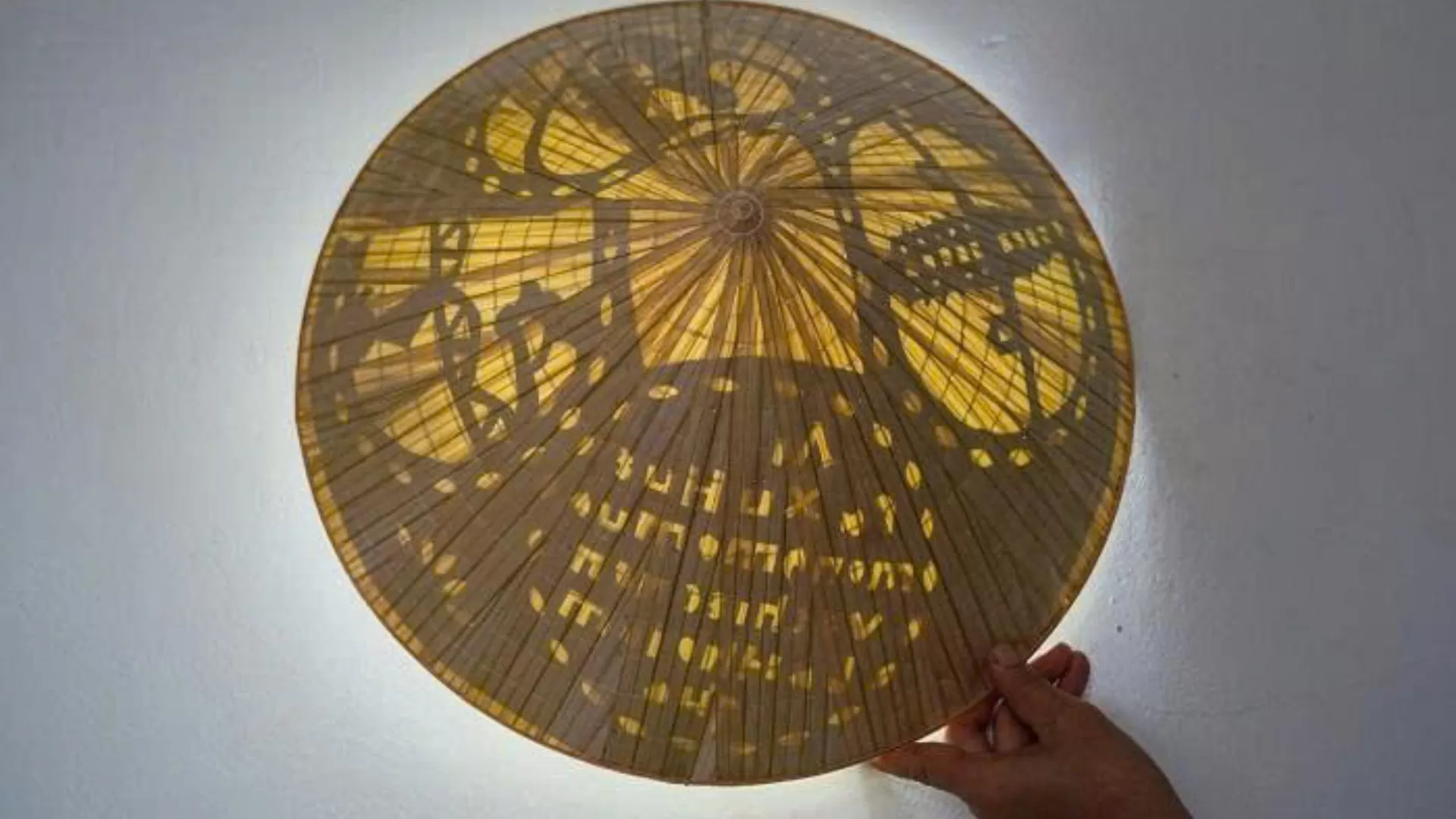 |
Tay Ho village in Hue is renowned for its traditional conical hat making. In Vietnamese, these are known as ‘nón lá’.
Thanks to the skillful and patient hands of the artisans, conical hats here are more than a practical item—they are a symbol and a work of art. Some even contain hidden poems between the layers.
This poetic tradition is a specialty of the Minh family—an ancient lineage proudly preserving Vietnam’s cultural heritage. When visiting their home, you’ll uncover the secrets of how poetic conical hats are made.
First, a metal frame is used to shape the hat. Carefully selected dried leaves—often palm or goi leaves—are soaked overnight to become soft and shiny, then ironed flat.
These are layered onto the cylindrical frame, sewn together to create a durable, waterproof hat. The poems are delicately inscribed between the leaf layers using a secret technique and become visible when viewed in sunlight.
The final step is applying a thin coat of varnish made from pine resin and alcohol to give the hat a glossy finish and added durability.
You may want to read: Exploring the allure of Hue’s iconic conical hat craft
Ha Tay lacquerware village
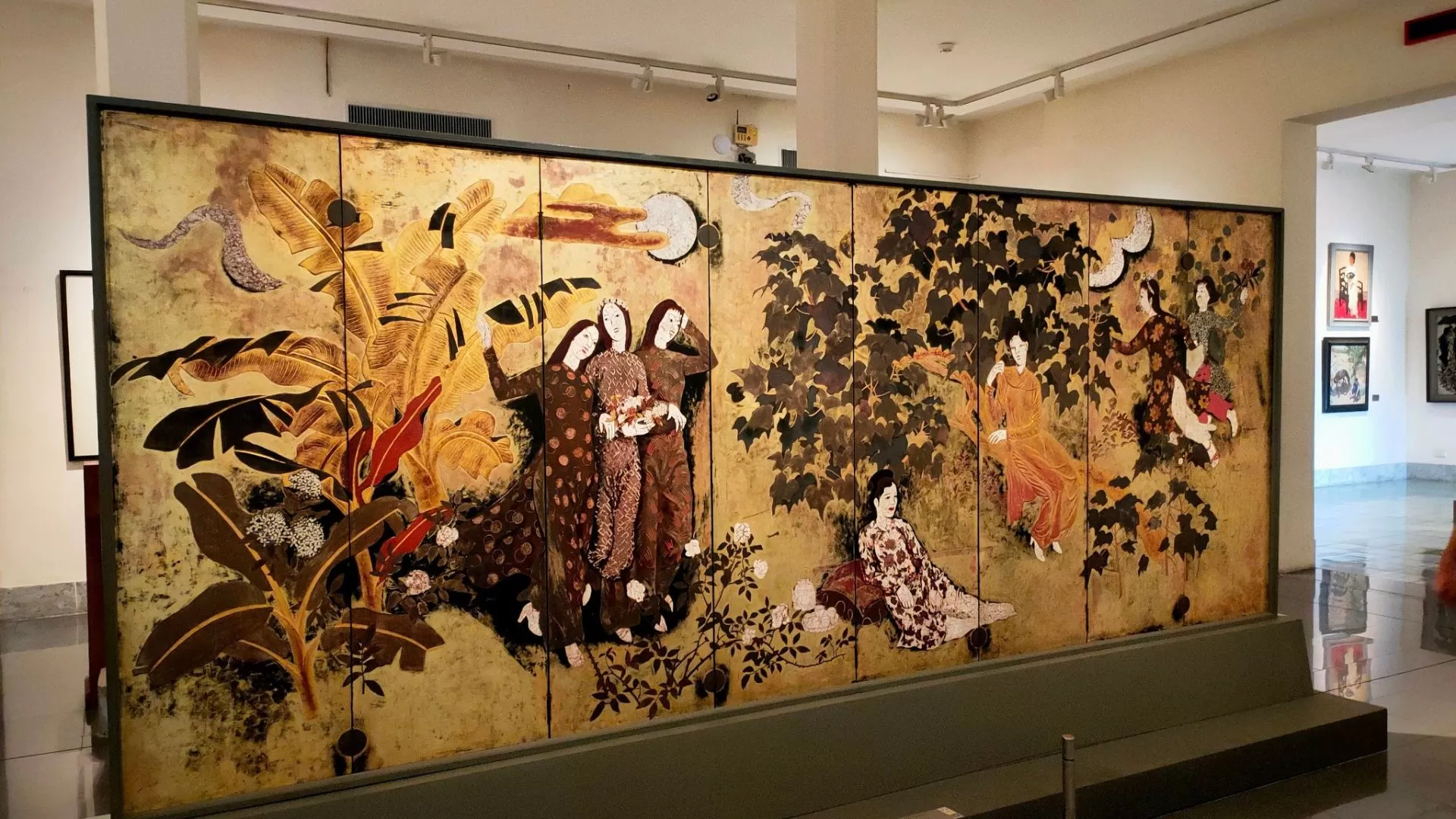
A remarkable artistic heritage requiring high-level craftsmanship and creativity.
For centuries, lacquer artisans have mastered diverse techniques, modernizing their work with vibrant colors and contemporary designs. Today, Vietnamese lacquerware is highly sought-after, even on international markets.
Lacquer paintings reflect the spirit of Vietnam through symbols, nature, animals and rural life. Combining tradition and modernity, they’re not only visually stunning but also a testament to the country’s cultural richness.
Crafting lacquerware requires patience, skill, creativity and deep expertise.
Natural motifs include lotus (purity), bamboo (resilience), orchids (elegance) and plum blossoms (harmony). Female silhouettes in ‘áo dài’, scenes of children at play, rice paddies, boats on winding rivers and bamboo groves all feature in this visual storytelling.
Animal motifs also carry symbolism—dragons (power), turtles (wisdom), phoenixes (rebirth) and buffaloes (courage).
Lacquer is water-, heat- and acid-resistant—ideal for long-lasting finishes.
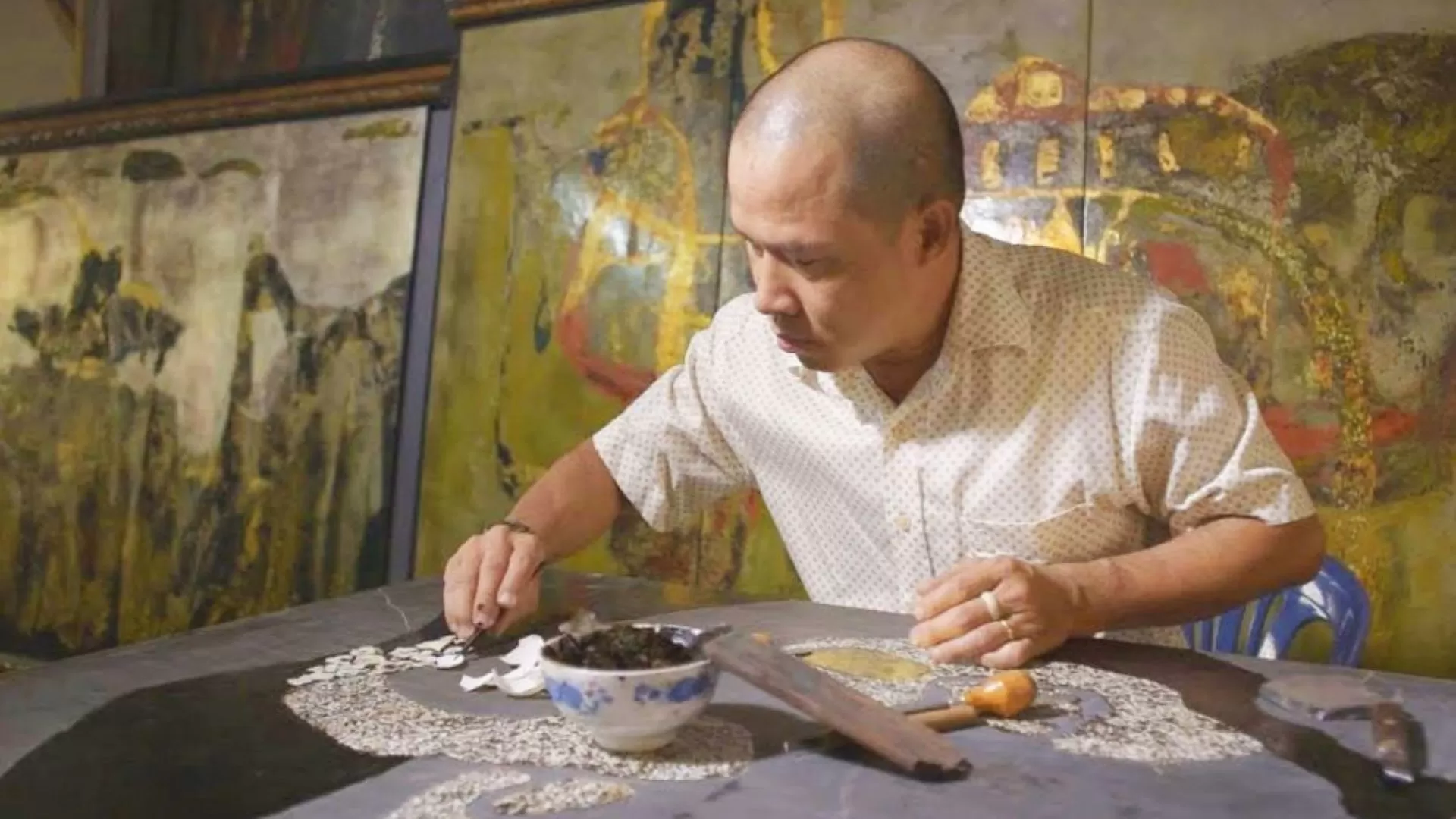
Lacquer painting process:
The base is made of wood or bamboo, polished and layered with silk or mesh. The lacquer itself is derived from the ‘hồ’ tree in northern Vietnam (especially in Phu Tho province).
Many layers of lacquer are applied, dried, painted and often inlaid with mother-of-pearl or eggshells.
The final polishing is done with fine sandpaper and water until the surface gleams.
The protective coat ensures the artwork endures for years, maintaining all its original beauty.
Vietnam tours
View more
EXCITING TRIP
Nature, culture and comfort meet on this in-depth tour of Vietnam’s northern treasures
Vietnam Cambodia tour 3 weeks: Exploring the landscapes of Vietnam along with Phnom Penh and the treasures of Angkor

Explore more Vietnam tours
See all toursSimilar travel guide
Vietnam offers diverse climates, from cool mountains to sunny beaches. Plan wisely to enjoy festivals, pleasant weather, and stunning landscapes. Discover the perfect season for your trip!

